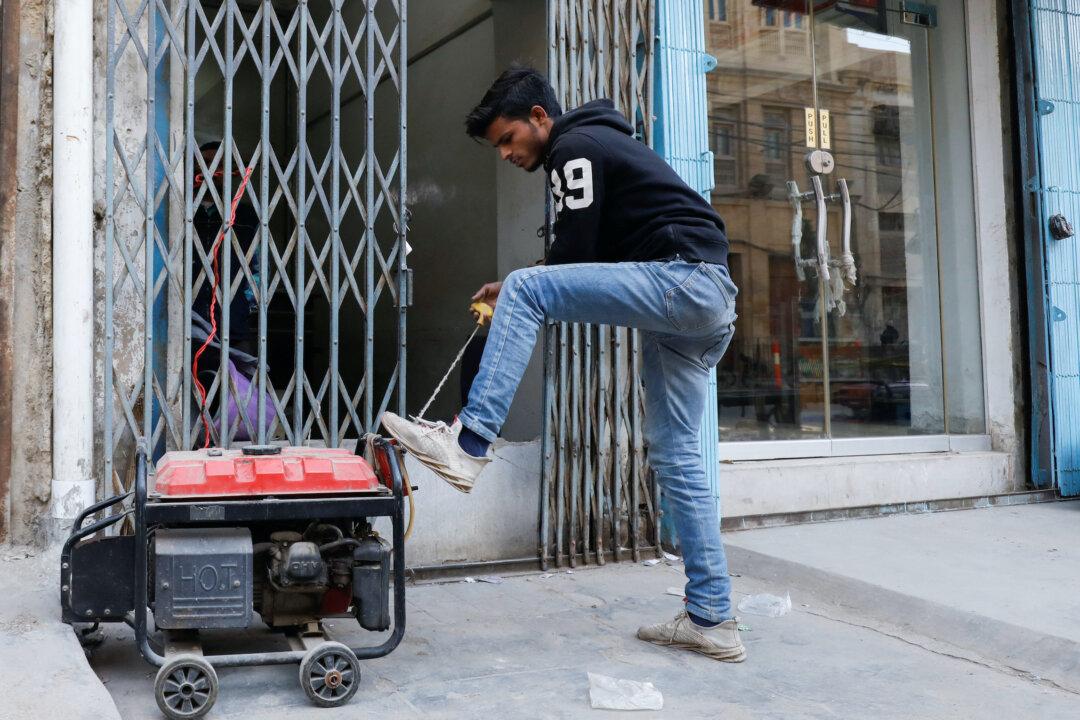The Consumer Product Safety Commission (CPSC) voted unanimously on April 5 to advance a proposal that would enable portable generators to emit less carbon monoxide and shut down the devices automatically if the odorless, potentially toxic gas reaches a certain level.
The rule would “protect unsuspecting consumers from carbon monoxide poisoning associated with portable generators,” noting that it is a “well-documented hazard, responsible for more than 1,300 deaths and 17,000 injuries over the past 18 years,” CPSC Commissioner Mary T. Boyle confirmed (pdf).





